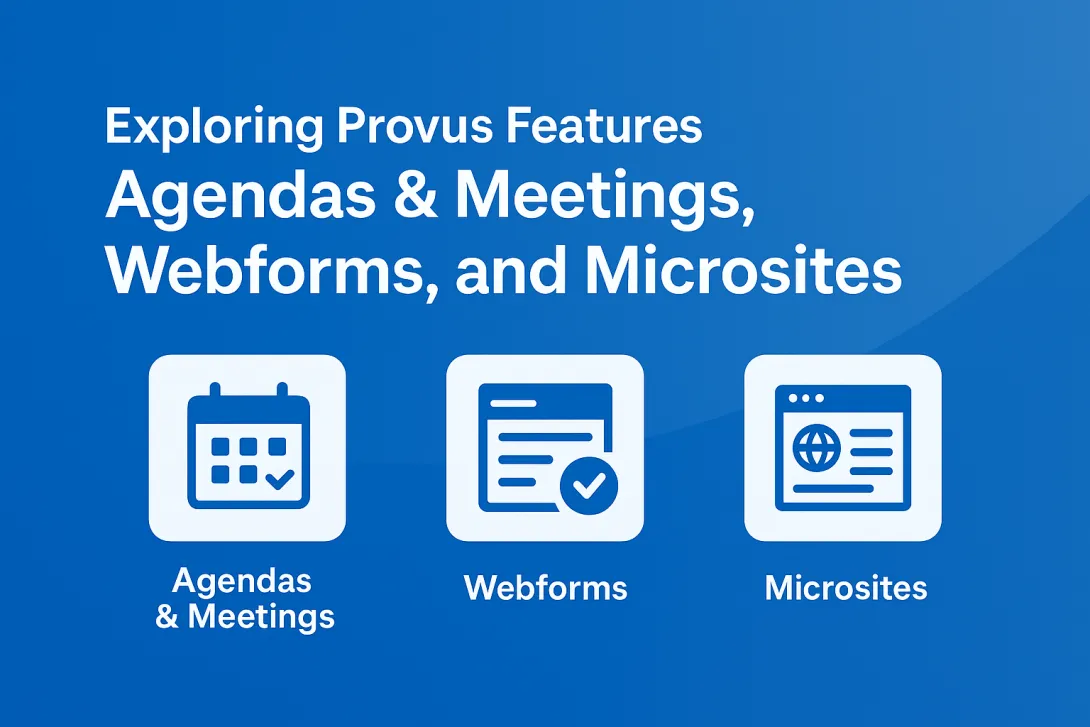Accessibility Language: Right Words Matter

"Disability is an avoidable condition caused by poor design.”
The above sentence is from a Certified Professional in Accessibility Core Competencies (CPACC) study guide, and it has given me a new perspective on accessibility.
For those of us who are steeped in the world of web accessibility, an openness to constantly broadening perspectives is at the heart of our effectiveness -- whether we’re thinking about a wide range of experiences when designing sites or paying close attention to the language surrounding disabilities.
Words matter, and how we talk to and about people with disabilities factors into the bigger picture of our effectiveness as accessibility advocates.
Here are some of the essential lessons that I have learned recently as both a web accessibility developer and as a person who is devoted to understanding a wide range of perspectives.
Put People First
People-first language puts the person before their disability -- sending a subtle, but powerful, signal that the person is not defined by their disability.
Some examples of person-first language:
- A person who is blind
- A person with a hearing impairment
- A person who uses a wheelchair
Notice that when the word “person” comes before any mention of a disability, we are literally putting the person first.
An Alternate Approach
While it may appear to be a direct contradiction to person-first language, identity-first language places the disability before the person. Individuals who prefer this form of speech argue that having a disability has had a major influence on their lives and who they are as a person. Their disability is nothing that they need to hide or be ashamed of.
Some examples of identity-first language:
- A blind person
- A hearing-impaired person
- A disabled person
Given that these two types of language can appear to be in direct contradiction to each other, determining what’s the preferred form and when to use it can be confusing.
In general, it is fair to assume that person-first language does not offend anyone. It is a benign form of speech and if the individual does have a preference, they will usually inform you of such. However, if there is any doubt or discomfort about which form of speech a person with a disability prefers, it’s okay to just ask.
General Guidance
Best intentions don’t guarantee against oversights or offer the ability to view the world from another person’s perspective. So, let’s take a closer look at some of the terms that many of us use in our day-to-day language, as well as some outdated language, and some terms you should absolutely never use.
“Accessible” vs. “Disabled” or “Handicapped”
When talking about places with accommodations for people with disabilities, use the term "accessible" rather than "disabled" or "handicapped."
This is how the importance of this distinction was explained to me. I was asked as a mother of a small child whether I ever used the “handicapped” bathroom stall in a public restroom. I said, “sure.” I was then asked why.
“Well,” I said, “because it is large and easier to maneuver in with my child.” The person then said, “so you use the bathroom because it is more accessible.”
"Uses a Wheelchair" vs. "Wheelchair Bound"
“Wheelchair bound” is a term that many of us use in our daily language and we should avoid it. It has a restrictive connotation, and implies that the wheelchair is a negative thing, instead of something that broadens possibilities and makes a person’s life more manageable.
The wheelchair is a tool that helps to provide access, not a punishment that the individual is bound to. Instead of “wheelchair bound,” try saying “uses a wheelchair” or “wheelchair enabled.”
Strike from the Vocabulary!
There are certain terms we all should take out of our vocabulary entirely. They include retarded, retard, handicapable, cripple, crippled, victim, stricken, or special needs. All of these terms are negatives and in the case of the top two on the list, absolutely unacceptable. In every case, they imply that people with disabilities are not “normal.”
Some additional “don’ts”
- Don’t ask a person with a disability how they became disabled.
- Don’t assume that all disabilities are easily observed. The fact that a person using an accessible parking spot is not using a walking aid does not mean that they are lazy or disrespecting the needs of legitimate users of the space. They could have a pain condition or some other issue preventing them from walking long distances. Often, there is more to a situation than can be detected from a casual observation.
- When working remotely, don’t presume that you know everyone’s story. There is much that you may not know concerning a team member or client on the other end of a call -- even if it is a video call. Making language sensitivity a habit, in all circumstances, is not just the right thing to do. It’s good business.
At Promet Source, we’re actually a lot more interested in the “do’s” of accessible web experiences than the “don’ts.” So if you are looking for an empowering web design that’s excellent and accessible?
Get our newsletter
Get weekly Drupal and AI technology advancement news, pro tips, ideas, insights, and more.



